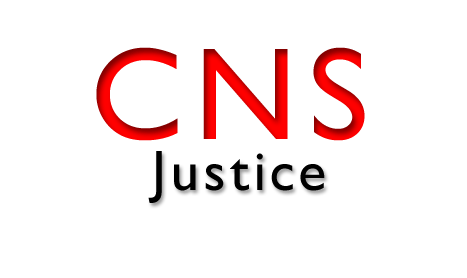By Eleanor Mueller
Capital News Service
ANNAPOLIS, Maryland — Those convicted of a crime in Maryland may soon find it easier to integrate into society, should the state adopt recommendations reviewed by a workgroup in the state capital on Tuesday.
In addition to criminal penalties imposed at sentencing, there are legal and regulatory restrictions—commonly known as collateral consequences—that place those convicted in a so-called “legal limbo.”
Led by the Governor’s Office of Crime Control & Prevention, the workgroup has worked with stakeholders since September to better understand and address these obstacles to reentry into society without jeopardizing public safety.
In their fourth and final meeting, members reviewed and discussed the research and suggestions that had been compiled.
Of the 14 proposed recommendations, some are aimed at gathering more information.
“The big thrust of this whole thing is we need data,” said Judge Alexander Williams Jr., chair of the workgroup and founder of the Judge Alexander Williams, Jr. Center for Education, Justice & Ethics at the University of Maryland. “It’s not being accurately and adequately collected right now.”
One suggestion would ask Maryland agencies to collect, analyze and report data on public employees and license and certification applicants with a criminal history, while others would commission studies on employment discrimination policy, and the prevalence and impact of collateral consequences across the state.
Other recommendations would mandate greater transparency in how state agencies and licensing and certification boards weigh criminal histories. If adopted, those convicted (as well as the general public) would be more aware of how one’s criminal history impacted applications for employment with a state agency, or for state-issued licenses or certifications.
Still other recommendations discussed legislation to restrict public access to Maryland judiciary cases, limit how far into the past an employer can run a background check, and encourage private businesses to hire ex-offenders.
“Lack of uniformity is an issue that needs to be addressed,” Williams told the University of Maryland’s Capital News Service. “Right now no one knows which agencies do what.”
It’s likely most of the recommendations will be incorporated into the final report, Williams said.
According to the American Bar Association’s National Inventory of Collateral Consequences of Conviction, there are over 1,000 collateral consequences associated with various criminal convictions in Maryland.
Neighboring states Virginia and Pennsylvania have 917 and 865 collateral consequences, respectively, the inventory found.
The workgroup, a multi-agency initiative, was formed by a directive from Gov. Larry Hogan and provided for by the Justice Reinvestment Act.
Its 14 members, from state agencies, nonprofit service agencies, and the academic and business community, have spent the last few months studying the legal and regulatory barriers faced by those convicted after their sentence ends.
Toward the end of the meeting, one of the final suggestions — the creation of a statewide office that would coordinate resources available to ex-offenders — was thrown into question by some of the members, who cited agencies already doing much of the same work.
“There’s a lot of different things going on,” said Glenn Fueston, executive director of the Governor’s Office of Crime Control & Prevention. “I think we should be careful saying we’re going to create a new office.”
As a result, the new office will likely not be included in the recommendations provided to Hogan, Williams said.
“They want to stay away from that, and that’s fine,” Williams said. “That’s the only one I think they clearly did not want.”
Incorporating feedback from Tuesday’s discussion, a final report should be drafted by the end of next week and sent to the various workgroup members, who are expected to approve the document before submitting it to Hogan early next month, Williams said.
“I am absolutely relieved we are on target to do this thing,” said Williams. “That’s my goal.”



